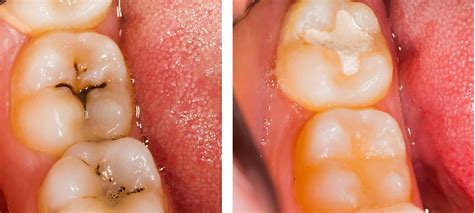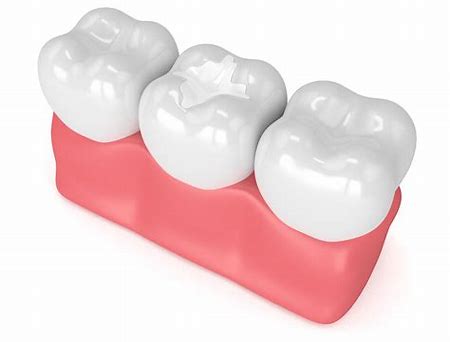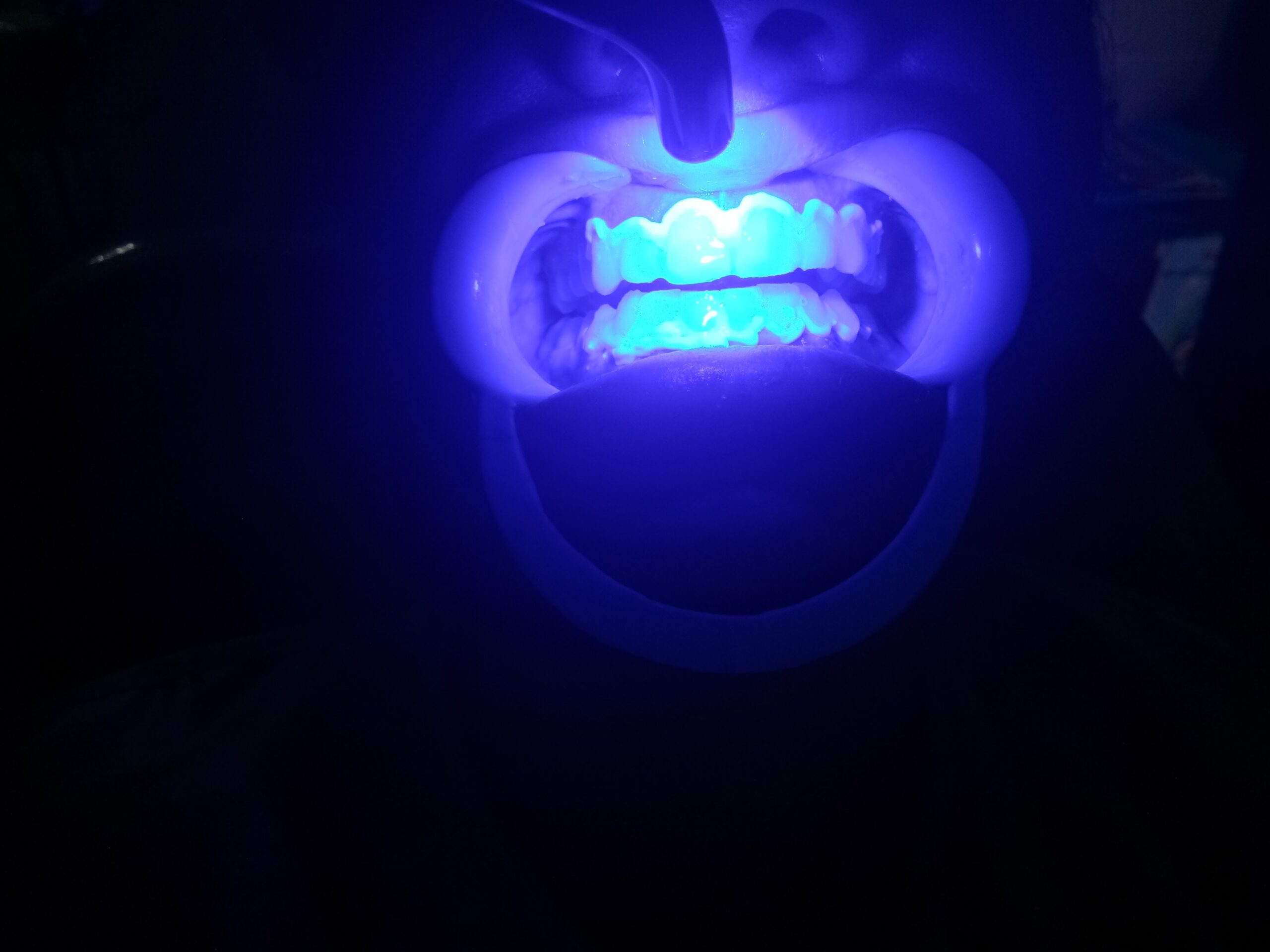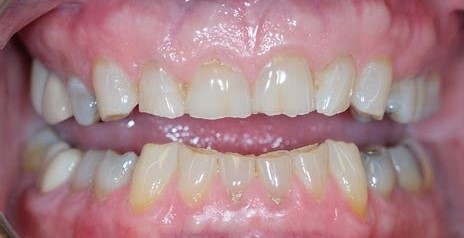A temporary tooth filling, as the name suggests, is a temporary filling material that is used to fill a cavity or repair a broken tooth until a permanent filling or restoration can be placed. This type of filling is typically made of a material known as dental cement or a composite resin material.
Why Is Temporary Tooth Filling Used?
A temporary tooth filling is often used in situations where a permanent filling cannot be placed immediately. This may be due to various reasons such as:
1. The patient has an emergency dental issue that needs to be resolved quickly.
2. The dentist needs to wait for a planned procedure such as a root canal therapy or crown placement.
3. The dentist needs to wait for the patient’s insurance to cover the cost of treatment.
4. The dentist prefers to wait for the patient’s tooth to settle down before performing a permanent filling.

How Long Do Temporary Filling Last?
Temporary fillings are a short-term solution to dental problems. They are not designed to stay in the mouth for an extended period, and generally remain in the tooth for no longer than a few weeks or less.
Temporary fillings are generally quite easy and quick to place. The dentist will first clean and prepare the affected tooth. Then they will carefully select the appropriate filling material and apply it to the cavity or broken tooth. Once it has been applied, the filling is then shaped to match the contours of the tooth. The filling is then hardened and set with the help of special curing light.
What Are The Materials Used As Temporary Filling Material?
Temporary tooth fillings are used to cover and protect dental cavities or fractures until a permanent restoration can be placed. There are several types of materials used in temporary tooth fillings. Some of the most common materials are:
1. Zinc Oxide Eugenol (ZOE) –
This is one of the most frequently used materials in temporary tooth fillings. ZOE is a mixture of zinc oxide powder and a liquid containing eugenol. ZOE can provide sedative properties to the tooth and can help reduce inflammation and sensitivity. The setting time for ZOE is relatively fast, and it can be easily shaped after setting.
2. Glass Ionomer Cement (GIC) –
Glass ionomer cement is another popular material used in temporary fillings. It is made up of a powder and liquid that are mixed together to form a paste. GIC can form a relatively strong bond to the tooth structure and can release fluoride to help protect against decay. It has a moderate setting time, and it can be easily modified after setting.
3. Composite Resin –
Composite resin is a versatile tooth-colored material that can be used for both temporary and permanent fillings. It is made up of a mixture of resin and fillers. Composite resin can provide an aesthetic appearance and can bond well to the tooth structure. The setting time for composite resin is relatively fast.
4. Temporary Filling Material –
These materials are available in a pre-packaged form and do not require mixing. They are easy to use and can be shaped to match the contours of the tooth. They can be made of various materials, including zinc oxide, calcium hydroxide, or a combination of other materials.
The choice of material used in temporary tooth filling depends on several factors, including the size and location of the cavity or fracture, patient’s age and health conditions, and the availability and preference of the dentist. It is important to follow the guidelines set by the dentist and take appropriate care of the tooth to ensure that the temporary filling stays intact and does not cause any further problems. Finally, it is essential to remember that temporary fillings are a temporary solution and need to be replaced by permanent restorations as soon as possible.
What Are The Benefits Of Temporary Filling?
Temporary fillings provide a number of benefits, including:
1. Protect the tooth: A temporary filling can help protect the tooth from further damage or decay until a permanent filling can be placed.
2. Reduce pain and sensitivity: Temporary fillings can provide relief for patients who are experiencing pain or sensitivity in their teeth. They can help to block air and food from irritating the underlying nerve endings.
3. Aid in chewing: A temporary filling can help restore a patient’s ability to chew and bite correctly without discomfort.
4. Prevent infection: By sealing the cavity from bacteria and debris, temporary fillings can help prevent the onset or progress of a dental infection.
However, it is important to note that temporary fillings are not without risks. They may come loose or fall out, leaving the tooth exposed and requiring follow-up treatment. Additionally, temporary fillings may not be as durable as permanent fillings, making them more prone to wear or cracking.
What Are The Precautions To Be Taken After Temporary Filling:
Some additional considerations for temporary fillings include:
1. Avoid hard, crunchy, or sticky foods.
2. Avoid using the affected tooth for chewing.
3. Practice good oral hygiene by brushing and flossing regularly.
4. Monitor the filling for any signs of breakage or loosening, and contact your dentist immediately if you experience any pain or discomfort.
How To Do Temporary Tooth Filling At Home?
As a Dental surgeon, I cannot recommend performing any dental work at home. It is important for individuals to understand that tooth filling is a dental procedure that should only be performed by trained and licensed dentists. Home tooth filling is not a recommended practice and can lead to serious complications, and it is always preferable to get the procedure done by a professional dentist in a clinical setting.
Dental fillings are commonly used to treat cavities and restore teeth that have been damaged. The filling is used to replace the decayed or damaged portion of the tooth, helping to prevent further decay and restore the tooth’s strength and function. Fillings are typically placed in a single visit and can provide long-lasting benefits when performed by a professional dentist.
Risks Associated With Attempting To Do Tooth Filling At Home
Some individuals may be tempted to attempt tooth filling at home, whether for financial reasons or as a result of misinformation. Unfortunately, home tooth filling can be dangerous, as it increases the risk of infections and complications.
One of the most significant concerns with home tooth filling is the potential risk of infection. When a filling is performed by an untrained individual in an unsterile environment, it increases the likelihood of bacterial contamination that can lead to infection, abscesses, and other serious complications. Furthermore, insufficient sealing of the cavity may permit the entry of harmful bacteria into the pulp, resulting in infection.
Another concern with an at-home filling is improper placement. If the filling is not placed correctly, it can result in malocclusion, sensitivity, or occlusal interference, leading to the need for further dental procedures to correct the issue. Invariably, this leads to costs that may even be higher than what would have been incurred if the person had visited a dentist in the first place.
Attempting home tooth filling also puts one at the risk of secondary complications such as damage to surrounding teeth, gum tissue, or the nerve. Moreover, unsupervised usage of dental tools can lead to accidental damage, which may require an emergency visit to a dentist.
Hence,Tooth filling is a dental procedure that should not be attempted at home. A dental professional should always perform this treatment in a sterile, safe, and appropriate clinical setting. Filling a tooth at home can lead to serious complications and infections that may require extensive dental work to correct. The only way to ensure a tooth is filled effectively and safely is to visit a dentist, who can provide the best treatment plans and prescribe suitable medications if required.
Conclusion
Temporary tooth fillings can be a helpful and valuable tool in preventing further damage to a tooth until a permanent restoration can be placed. If you have a dental issue that you believe might require a temporary filling, consult with your dentist to explore your options and find the optimal approach for your oral health.



